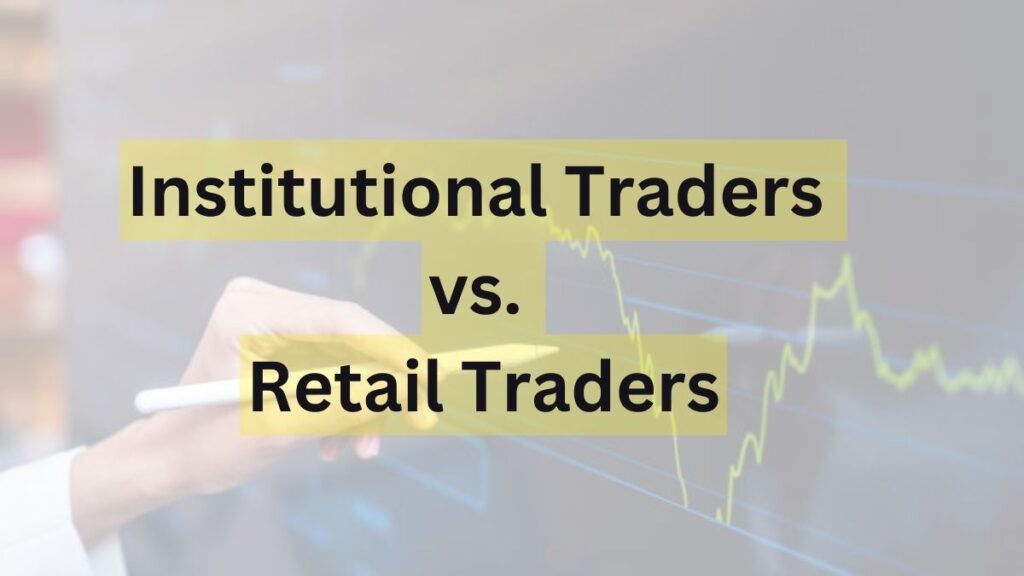In the world of stock trading, there are two distinct types of traders: institutional and retail traders. Each group has unique characteristics, trading methods, and market advantages.
Understanding the differences between these two types of traders can help investors make better decisions and navigate the markets more effectively.
What Sets Institutional and Retail Traders Apart?
- Trade Volume and Market Impact
- Institutional Traders: Institutional traders, such as mutual funds, pension funds, and large corporations, manage huge volumes of capital. Their trades are large enough to move the market, often buying or selling thousands of shares in a single transaction.
- Retail Traders: Retail traders, on the other hand, trade on their personal accounts. Their trades are smaller and typically don’t significantly impact stock prices.
- Access to Financial Products
- Institutional Traders: Institutions have access to a wide variety of financial products that are unavailable to individual investors. These include complex derivatives, Initial Public Offerings (IPOs), swaps, and other exclusive financial tools.
- Retail Traders: Retail investors usually have access to more standard products like stocks, bonds, ETFs, and options, making their portfolio less diversified compared to institutions.
- Transaction Costs and Fees
- Institutional Traders: Due to the high volume of trades, institutional traders often negotiate lower transaction fees. They can also demand the best price execution for their trades.
- Retail Traders: Retail traders typically face higher fees as they make fewer and smaller trades. Although online brokerages have reduced costs, retail traders do not get institutional traders’ price advantages.
Key Differences Between Institutional and Retail Traders
| Criteria | Institutional Traders | Retail Traders |
|---|---|---|
| Trade Volume | Large-scale transactions, 10,000+ shares | Small-scale, few shares per transaction |
| Market Impact | Can influence market prices | Minimal impact on prices |
| Access to Financial Tools | IPOs, swaps, futures, complex derivatives | Stocks, bonds, ETFs, options |
| Fees and Costs | Lower fees due to volume | Higher fees per trade |
| Execution Speed | High-speed execution with best price | Standard execution with less priority |
Advantages and Disadvantages of Each Type
- Institutional Traders:
Advantages: Access to a wide range of financial products, ability to influence market trends, lower fees, and faster trade execution.
Disadvantages: Higher regulatory scrutiny and the challenge of moving large amounts of capital without significantly affecting the market. - Retail Traders:
Advantages: Flexibility to trade freely and independently, ability to invest in smaller-cap stocks, and fewer restrictions compared to institutions.
Disadvantages: Limited access to exclusive financial products, higher fees, and slower trade execution.
The Changing Landscape: How Technology is Narrowing the Gap
Over the past decade, the gap between institutional and retail traders has narrowed, thanks to the rise of online trading platforms and real-time data access.
Retail traders now have access to advanced tools like algorithmic trading and real-time analytics, which were once the domain of institutions. However, institutions still hold an advantage regarding resources, access to exclusive markets, and negotiating power.
Disclaimer
This article provides general insights into trading strategies. Always consult with a financial expert before making investment decisions.

